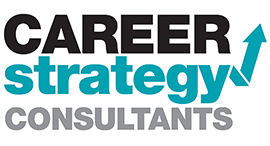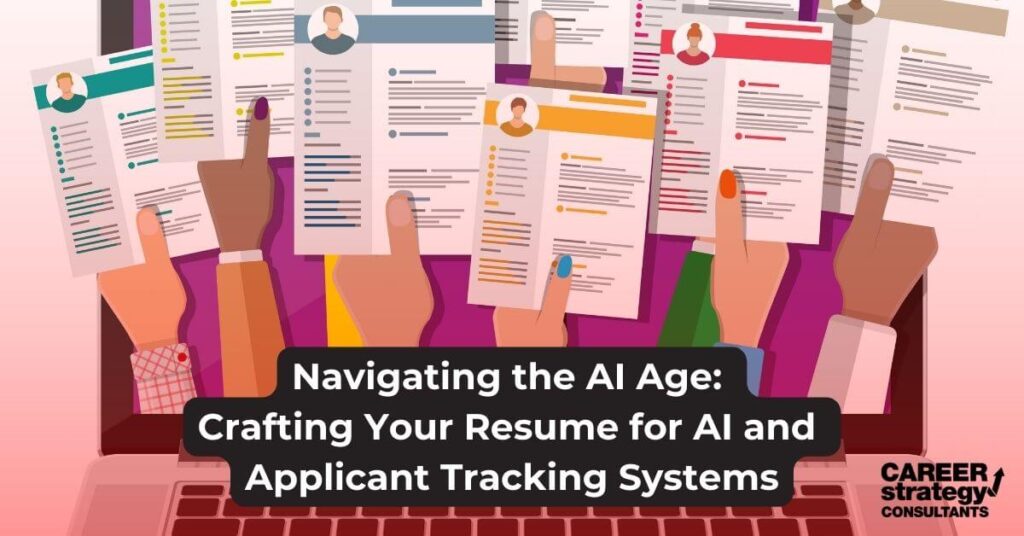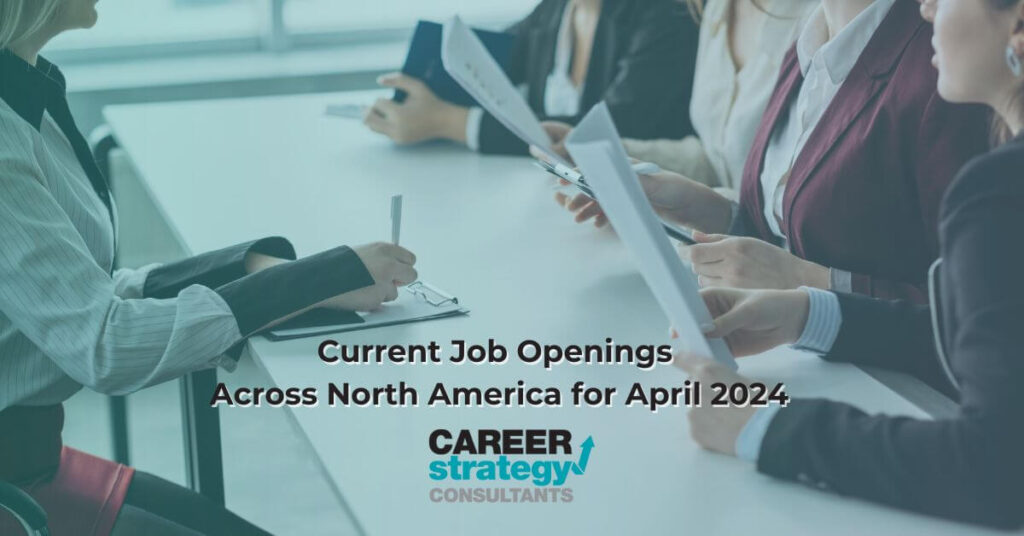Current Job Openings Across North America for May 2024

As a leading staffing agency, we are actively recruiting for various full-time opportunities throughout North America this May. Our team of expert recruiters is dedicated to staffing both permanent and contract positions across multiple industries. To learn more about these current job openings and our staffing services, visit our website or reach out to one of our knowledgeable team members today.
ARIZONA
- HR Coordinator – Chandler, AZ
- Maintenance Manager – Casa Grande, AZ
- Project Engineer – Casa Grande, AZ
- Production Manager – Chandler, AZ
FLORIDA
- Maintenance Technician – Orlando, FL
ILLINOIS
- Regional Sales Manager (Manufacturing) – Chicago, IL
INDIANA
- Chief Metallurgist – Hammond, IN
- Metallurgist – Hammond, IN
LOUISIANA
- Senior Human Resource Generalist – Shreveport, LA
- Commodity Manager – Shreveport, LA
- Process Engineer – Shreveport, LA
OHIO
- Regional Sales Manager (Manufacturing) – Cleveland, OH
- Metallurgist – Mingo Junction, OH
TEXAS
- Maintenance Manager – Sinton, TX
WEST VIRGINIA
- Data Quality Coordinator – Wheeling, WV

More Than Just Staffing
For Employers
For Individuals
Are You Looking for a Staffing Agency?
April 29, 2024















